Employee Health and Wellness Program Ideas
By Kimberly Kafafian
Pandemic aside, a new poll from Gallup indicates that the percentage of workers who feel that their employer cares about their wellbeing has plummeted. Back in May of 2020, 49% felt that their organizations had a genuine concern for them, their work and their lives. But that number has now drastically dropped to 24%!
Employers need to take serious note of this double digit decrease. Why? Because according to Gallup’s findings, workers who believe their employer actually cares about their wellbeing are:
- 69% less likely to actively seek out a new job
- 71% less likely to report experiencing significant burnout
- Five times more likely to strongly promote their company as a place to work
- Three times more likely to be engaged at work
One way to demonstrate your organization cares is through the development of a robust employee health and wellness program.
What Is a Wellness Program?
A wellness program is a workplace initiative specifically created to support and improve the physical and/or mental health of employees. There is no standard one size fits all approach to employee wellness programs. They should be tailored specifically for your team and evolve to meet shifting needs and wants.
What to Offer in Your Health and Wellness Program
Wellness programs can include a multitude of features. In having worked with organizations across sectors and industries throughout the United States, I’ve found that wellness programs tend to offer a mix of the following, among other things:
Health Screenings
Providing in office screenings like blood pressure checks and BMI measurements can arm employees with medical information they may not routinely seek out.
Health Workshops
Your employees may want to improve their health but aren’t sure what they should be doing. Offer educational events such as stress reduction, healthy cooking classes, and smoking cessation workshops.
Gym or Exercise Class Memberships
Workers may not exercise because it is simply too cost prohibitive or they don’t have time to fit it into their schedule. Subsidizing gym memberships or providing a fitness center on site can help them pursue the healthy lifestyle they want but have been unable to achieve.
Fitness Challenges
Motivate employees to improve their physical and mental health with challenges and prizes for things like walking a mile each day, giving up smoking, eating more healthily, losing weight, or drinking more water.
Walking Groups
Organize early morning or lunchtime walking groups. Your teams could use the break and also benefit from the socialization.
Company Sports Teams
Team sports such as softball not only provide an outlet for exercise, but also an opportunity for workers to bond and form friendships.
Healthy Snacks and Meals
Stock your workspace with snacks like fresh fruit and protein bars. If you have a cafeteria, make sure it includes healthy options. Healthy eating can lead to better energy and more productivity.
Recreation/Game Rooms
Taking a break can help you see things in a different light. Create a space where your team can work as a team in a non-work setting to clear the mind and foster collaboration.
Relaxation Rooms
It’s no secret that today’s workers are experiencing unprecedented rates of burnout. A quiet place can help them destress and re-energize during the day.
Onsite Health Clinic
Depending upon the size of the organization, an onsite health clinic may be a great perk and help to address absenteeism.
Monthly Massages
Create a monthly spa day where employees can receive 10 minute chair massages.
Wellness program options are limitless. The above list is just some ideas to get you going. I’d love to hear what your organization is doing to improve the health and wellness of its employees.
















